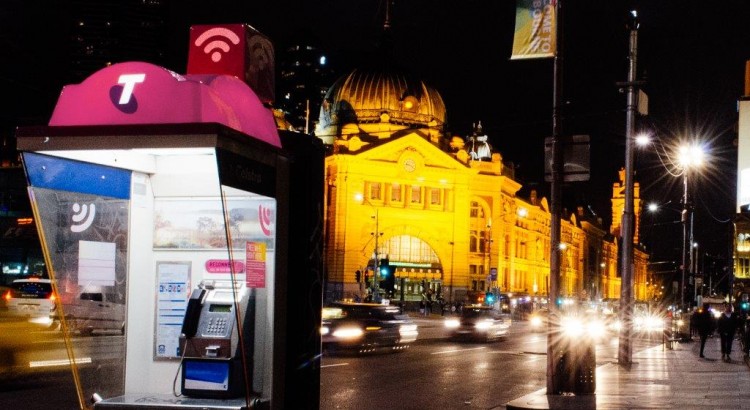NBN Co placed in a potential conflict of interest under new regional broadband tax
Earlier this year, I made a submission to the Government’s consultation on the Telecommunications Reform Package.
I’ve been meaning to write a summary for some time. I thought I’d whip one up together after it was announced that the Government planned to introduce the legislation next month despite not responding to the submissions.
As part of the reform package, the government planned to introduce a $7.09 charge per line to most fixed line “superfast” broadband services (defined as 25 Mbps download speeds or greater).
This is to help subsidise the cost of nbn’s fixed wireless and satellite networks — primarily servicing regional and remote communities around Australia.
The NBN fixed line footprint is expected to be the primary contributor of the tax. However, other operators such as TPG with its fibre to the building network will also be hit.
NBN Co’s commercial interest
The problem is that the NBN satellite network is no longer solely about the delivery of broadband services to regional areas.
It now has other commercial interests — including the Satellite Mobility product which allows commercial entities like Qantas to tap into the satellite network for the delivery of in-flight Wi-Fi.
This could mean that a provider like TPG could be paying taxes which help subsidise the provisioning of Wi-Fi services on a Qantas aircraft.
No restrictions on subsidy for regional broadband only
The proposed bill had no restrictions that the funding must only be used to provision broadband services to regional areas — as I explained in 2.1.5 and 2.1.6 of my submission.
So, NBN Co is placed in a conflicting conundrum. It can spend its subsidy funds on improving the quality of satellite services to regional communities like relaxing the Fair Use Policy with no additional revenue.
Alternatively, it could spend it on developing new revenue streams through commercial products like the Satellite Mobility product — competing with the likes of Optus who also have satellites in the sky.
My suggestions?
In my submission, I suggested:
- The Bill should make clear that the funding made available through the Regional Broadband Scheme is not available for services where the primary purpose is not to deliver broadband to regional communities.
- The strict Fair Use Policy (FUP) imposed by NBN Co on its Satellite network means the quality is still not directly comparable to fixed-line super-fast broadband services.As a condition of the Regional Broadband Scheme funding, the funding recipient should prioritise upgrades to the capacity and service reliability of rural and regional customers over the development of supplementary products like the Satellite Mobility product.
- Ensure similar protection is afforded to services delivered by means of the NBN Fixed Wireless network.
